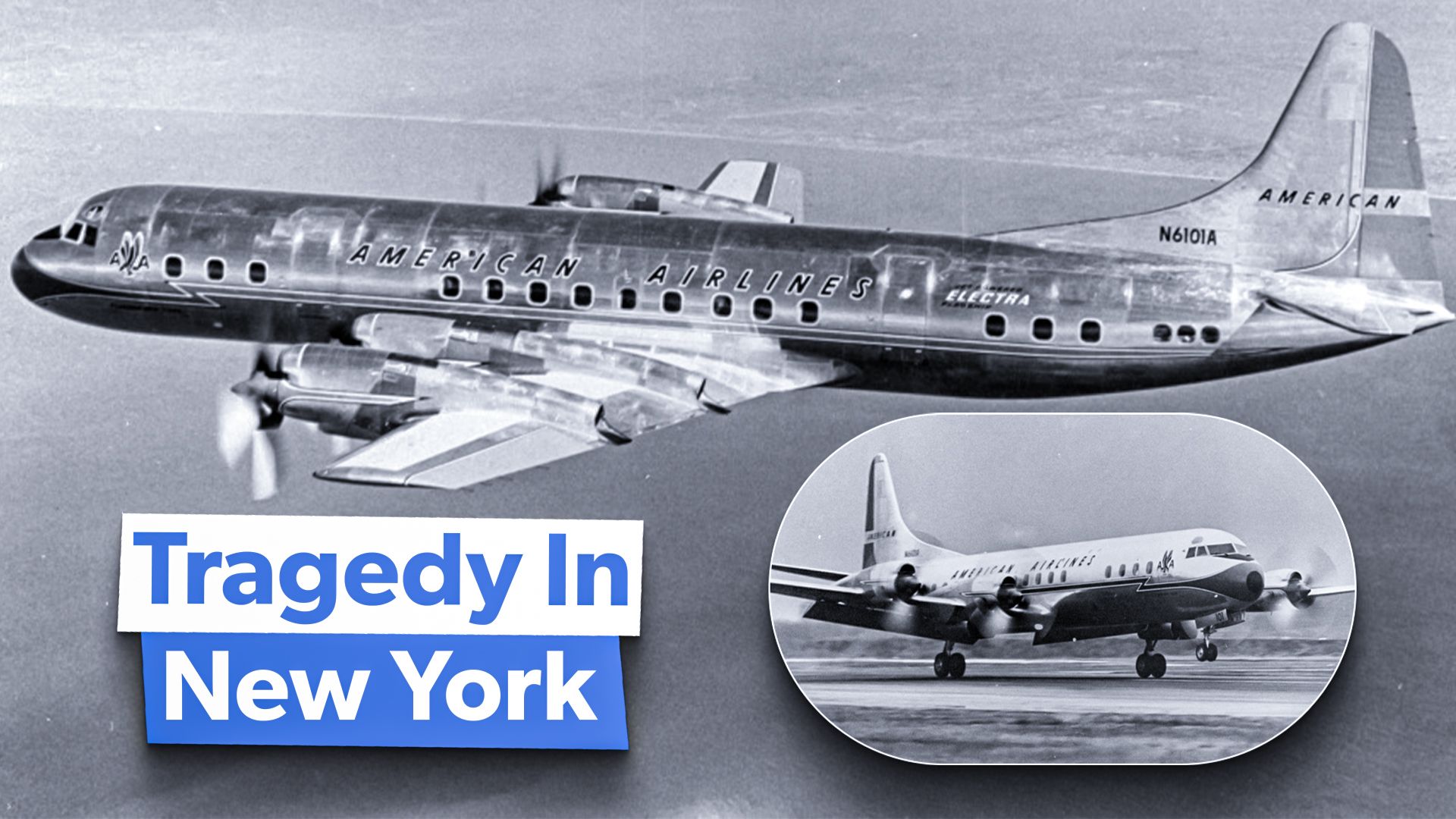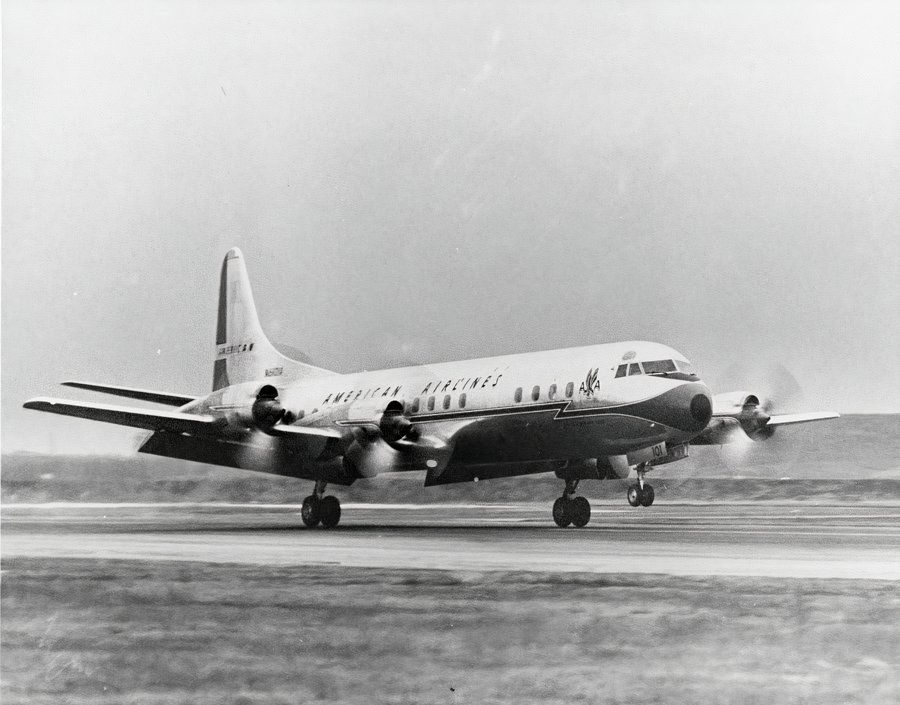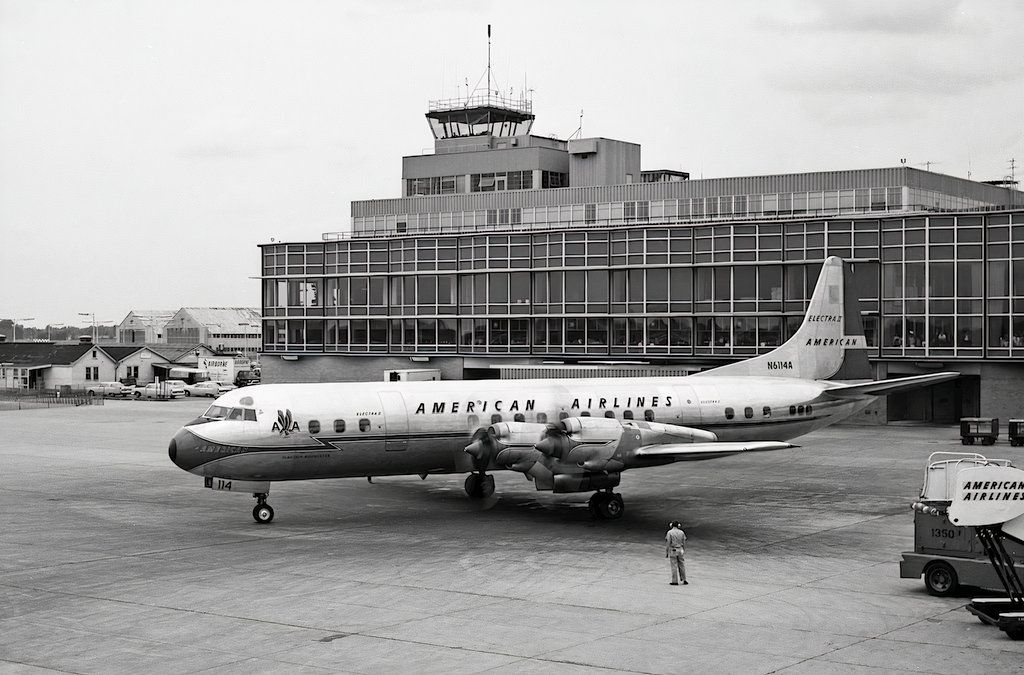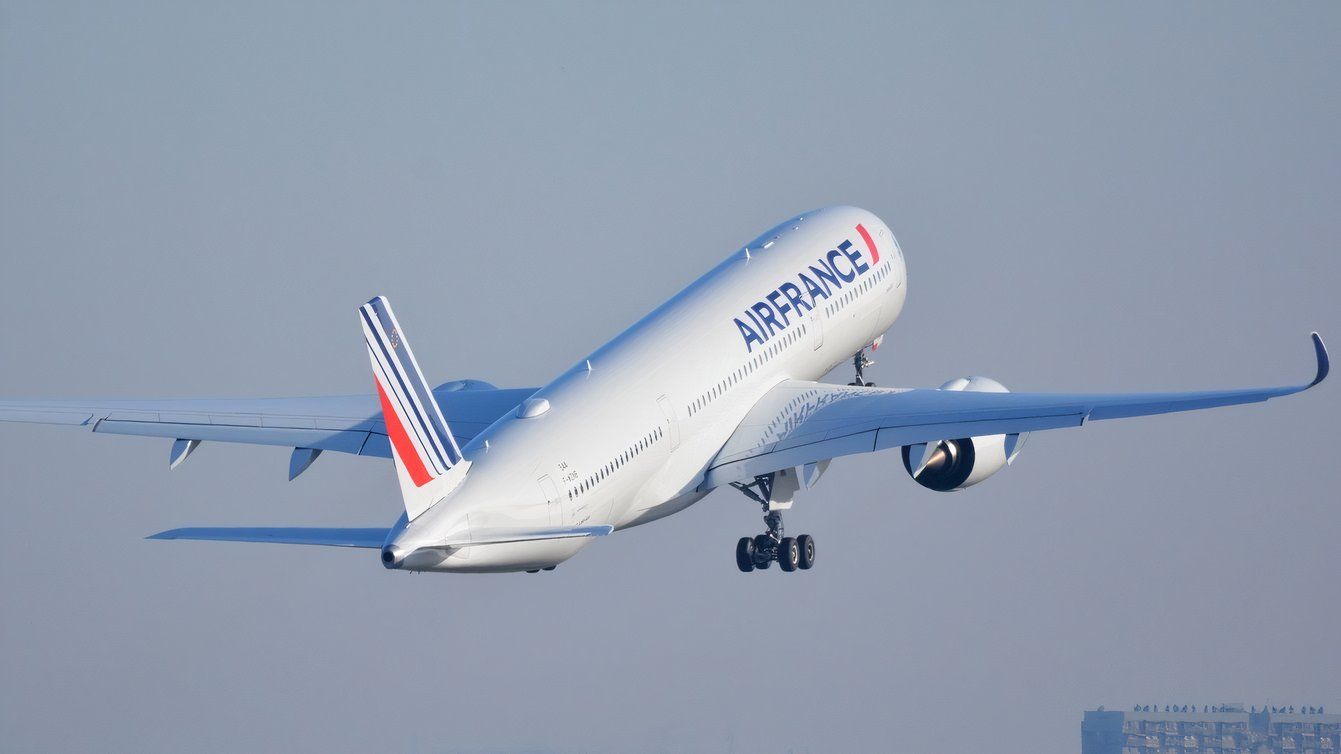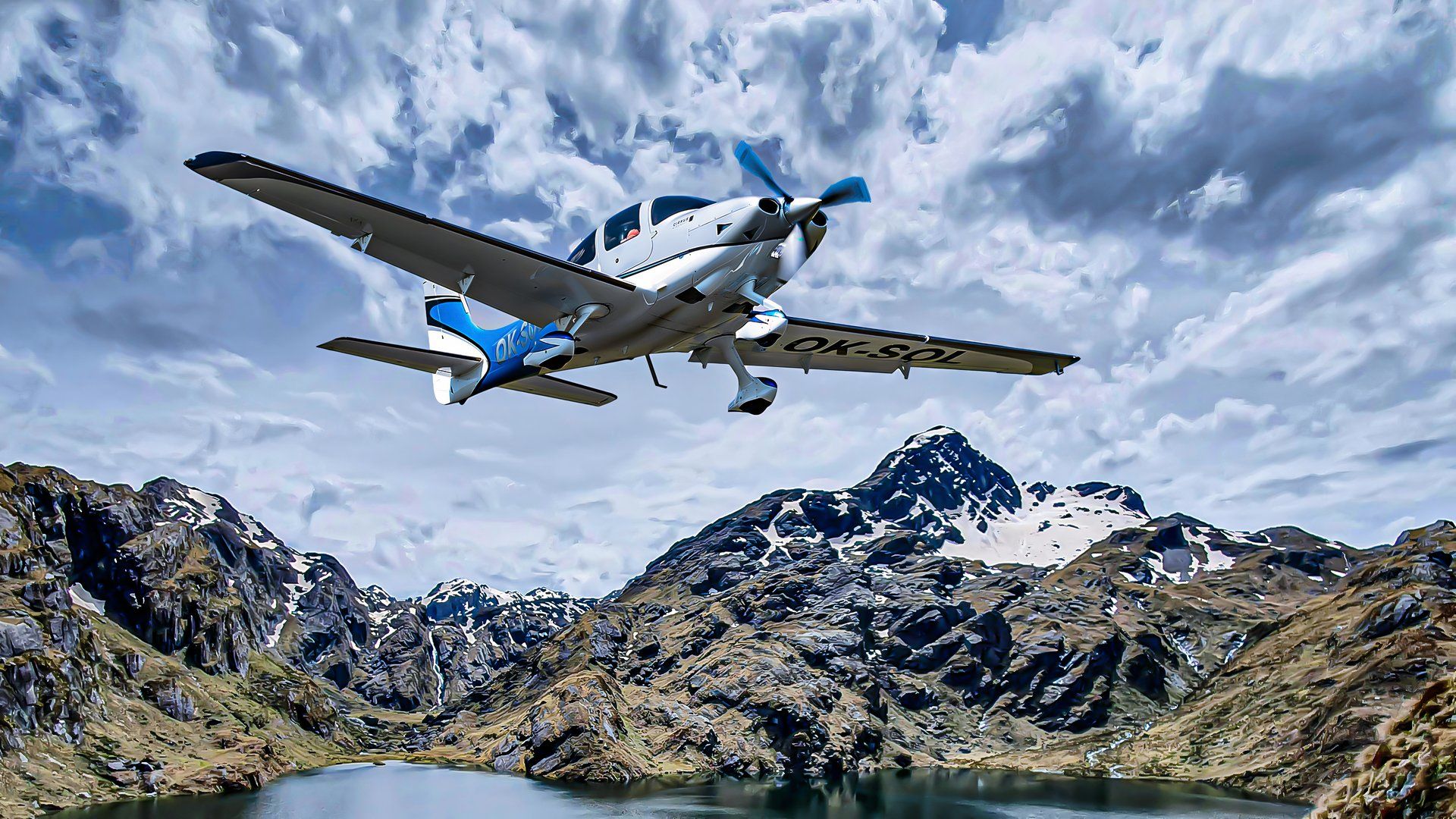Summary
- American Airlines Flight 320 crashed during final approach due to the crew’s lack of experience on the Lockheed L-188 Electra.
- The crash investigation revealed contributing factors like poor weather and altimeter setting errors.
- There were 65 deaths and only eight survivors.
This is the story of how American Airlines Flight 320 crashed into the East River as it attempted to land at LaGuardia Airport and the subsequent investigation results. American Airlines Flight 320 was a regularly scheduled flight between Chicago Midway International Airport (MDW) and New York LaGuardia Airport (LGA) on which American Airlines was operating one of its newly acquired Lockheed L-188 Electra turbine propeller aircraft.
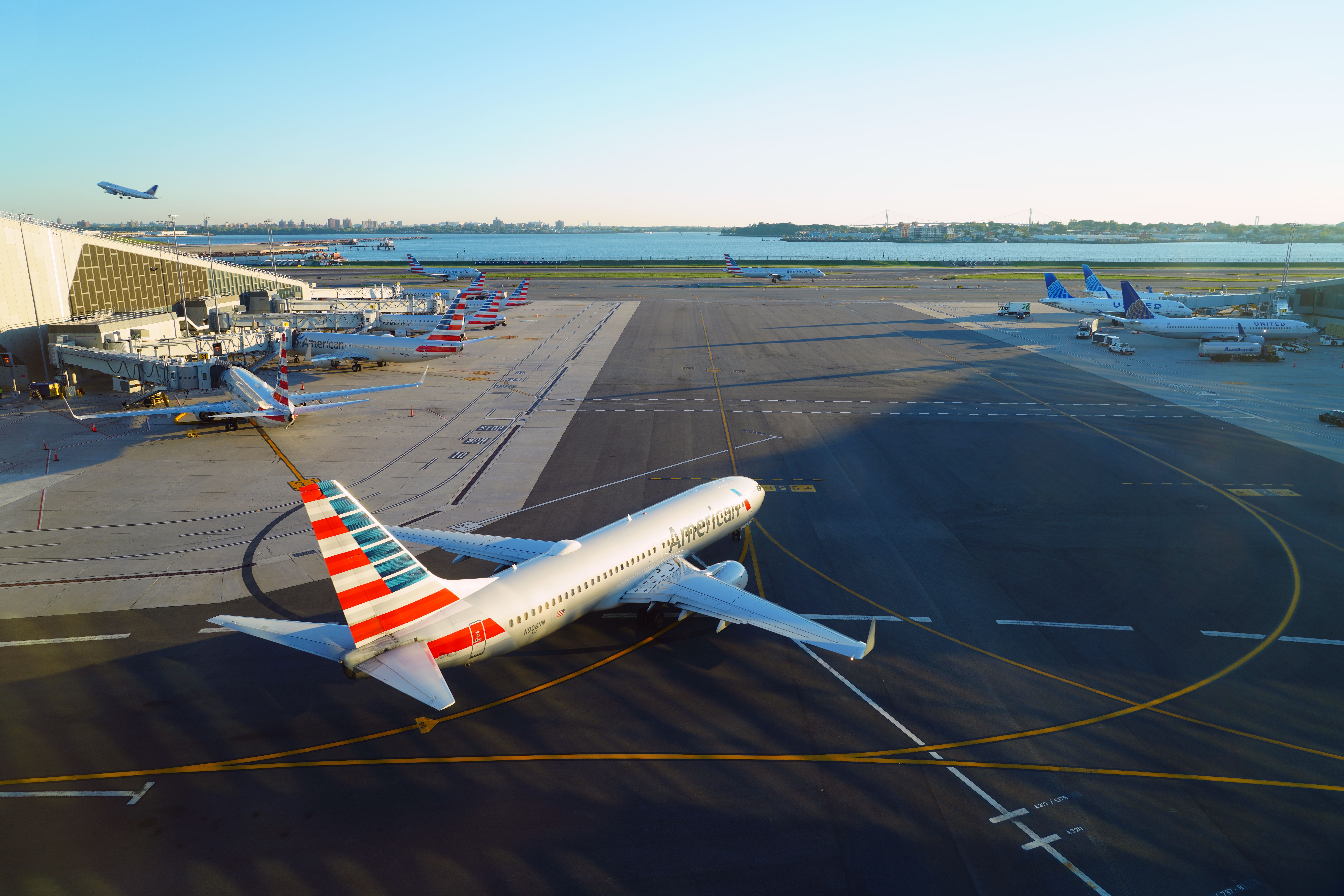
Related
What Are The Longest Flights From New York LaGuardia Airport?
The facility primarily serves domestic traffic.
American Airlines had only just taken delivery of the aircraft a couple of weeks before the crash and was using it for six daily flights between Chicago and New York. Previously, American Airlines had used a piston-engine-powered Douglas DC-7 on the route but decided to use a 70-seat Lockheed L-188 Electra because it cut the flight time between Chicago and New York by 30 minutes.
The ill-fated flight of American Airlines new Lockheed L-188 Electra
On the evening of February 3, 1959, American Airlines flight 320 was due to depart Chicago Midway International Airport (MDW) at 21:00, but due to snow and high winds, it was delayed by 54 minutes. The flight eventually took off for New York at 21:54 and was the last flight to depart the airport before a significant snowstorm. Onboard the aircraft for the one hour and forty-two-minute flight were 68 passengers and five crew.
While cruising at 21,000 feet, American Airlines Flight 320 first contacted LaGuardia approach control at 23:27 and was told to make an instrument landing system (ILS) backcourse approach to runway 22. When you take a backcourse approach, you navigate using the horizontal guidance of a localizer system in the opposite direction in which it would normally be used. Two signals, one at 90 Hz and the other at 150 Hz, are transmitted from the localizer to the aircraft. The localizer receiver uses the two frequencies to determine which side of the runway the aircraft is flying on or if it is lined up perfectly with the runway.
The runway localizer system is located near the runway threshold, which means it is at the opposite end of the runway when making a backcourse approach. The Federal Aviation Administration (FAA) advises pilots to disregard all glide slope indicators when making a backcourse approach unless the glide slope is specified on the approach and landing chart.
As American Airlines Flight 320 was preparing to land, air traffic controllers (ATC) at LaGuardia Airport (LGA) informed the pilots of the weather conditions, saying that they had light rain with overcast skies with a ceiling of 400 feet and a visibility of 1.25 miles.
American Airlines Flight 320 was on final approach
At 23:53, the pilots of American Airlines Flight 320 contacted LaGuardia Tower to say that they were passing over New Rochelle around 19 miles out and were on their final approach. The tower radioed the plane and instructed it again to land on runway 22 and then again at 23:55 when the aircraft was 2.8 miles from the airport, saying it was cleared to land.
The flight crew acknowledged the instructions and prepared to land. Seven seconds later, while flying at 150 mph with the flaps extended and the undercarriage down, the plane crashed on the East River, some 5,000 feet short of the runway. Despite being called the “East River,” it is not a river but is a tidal strait in New York City that separates Long Island from the North American mainland.
A tugboat rushed to the scene of the crash
A man working on a nearby tugboat said he saw the aircraft flying very low before it hit the river. Another man working on the same boat said that the aircraft appeared to hit the water with its nose pointing downwards. A man in a car approaching Whitestone Bridge said that it could not have been more than 100 feet above the ground when the plane passed overhead. Many residents reported hearing the plane flying overhead and said it sounded like it was flying much lower than other aircraft when landing at LaGuardia.
The tugboat from which the crew witnessed the crash immediately released the barges it had been towing and headed for the crashed plane. Lighting up the area with its searchlights, everyone who survived the crash was pulled aboard the tugboat. Minutes later, police helicopters and Coast Guard boats arrived, but they were too late to find more survivors in the darkness and fog.
Despite hearing shouts for help, the weather conditions and the fast-moving water hampered further rescue attempts. The crash survivors were taken by ambulance to Flushing Hospital and Queens General Hospital, while two temporary morgues were set up on either side of the East River for the victims. By 05:00, eight survivors and 22 bodies had been pulled out of the water, with 43 other passengers and crew still missing. With doubt that anyone else would be found alive in the icy water, the search was suspended until weather conditions improved.
The investigation of the crash
The pilot in charge of American Airlines Flight 320 was Albert Hunt DeWitt, a highly experienced commercial pilot who had been flying since 1929, although lacking in experience flying the Electra. Because American Airlines only asked for the plane to be certified for flights under 25,000 feet, it did not need a flight recorder. The only information investigators could go on was from First Officer Frank Hlavacek, who had survived the crash and was recovering in hospital. Hlavacek said that as they were on final approach, he was calling out altitude readings to Captain DeWitt at intervals of every 100-foot increment, and just as he was saying “500,” the plane hit the water.
In its crash report, the Civil Aeronautics Board (CAB) said that the following reasons were the contributing factors that led to the fatal crash:
- The crew’s lack of experience flying the Lockheed L-188 Electra: Captain DeWitt had 48 flight hours on the aircraft type, and First Officer Hlavacek had a meager 36 hours.
- An erroneous setting of the aircraft altimeter
- Bad weather on the approach to the airport
- A possible misinterpretation of the altimeter readings
- A sensory illusion on the approach due to a lack of lights
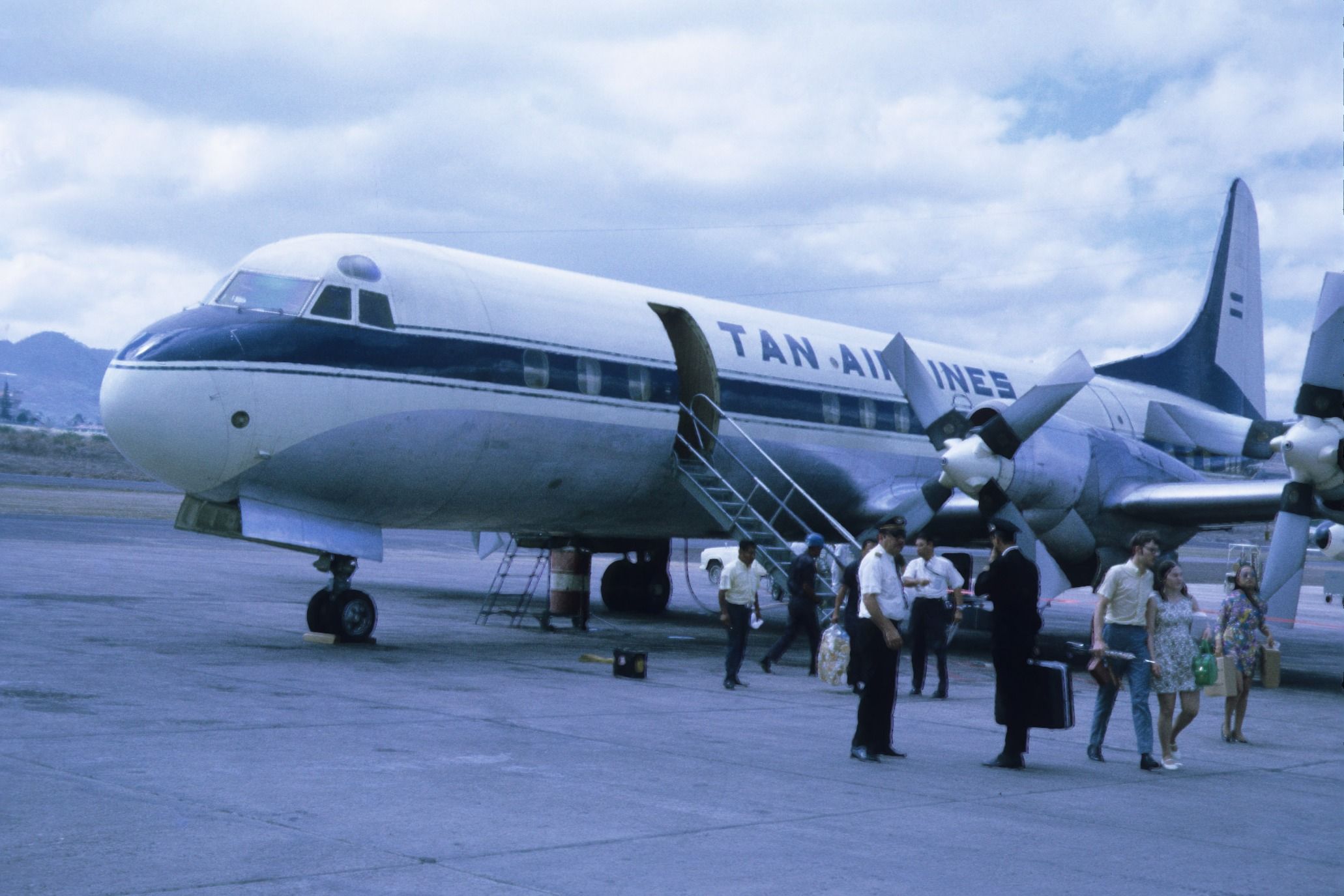
Related
How Many Lockheed L-188 Electras Are Still Flying?
There are currently 13 active L-188 Electras, operating a variety of freight and firefighting services across Canada and US.

